Affiliate links on Android Authority may earn us a commission. Learn more.
Your guide to Android One
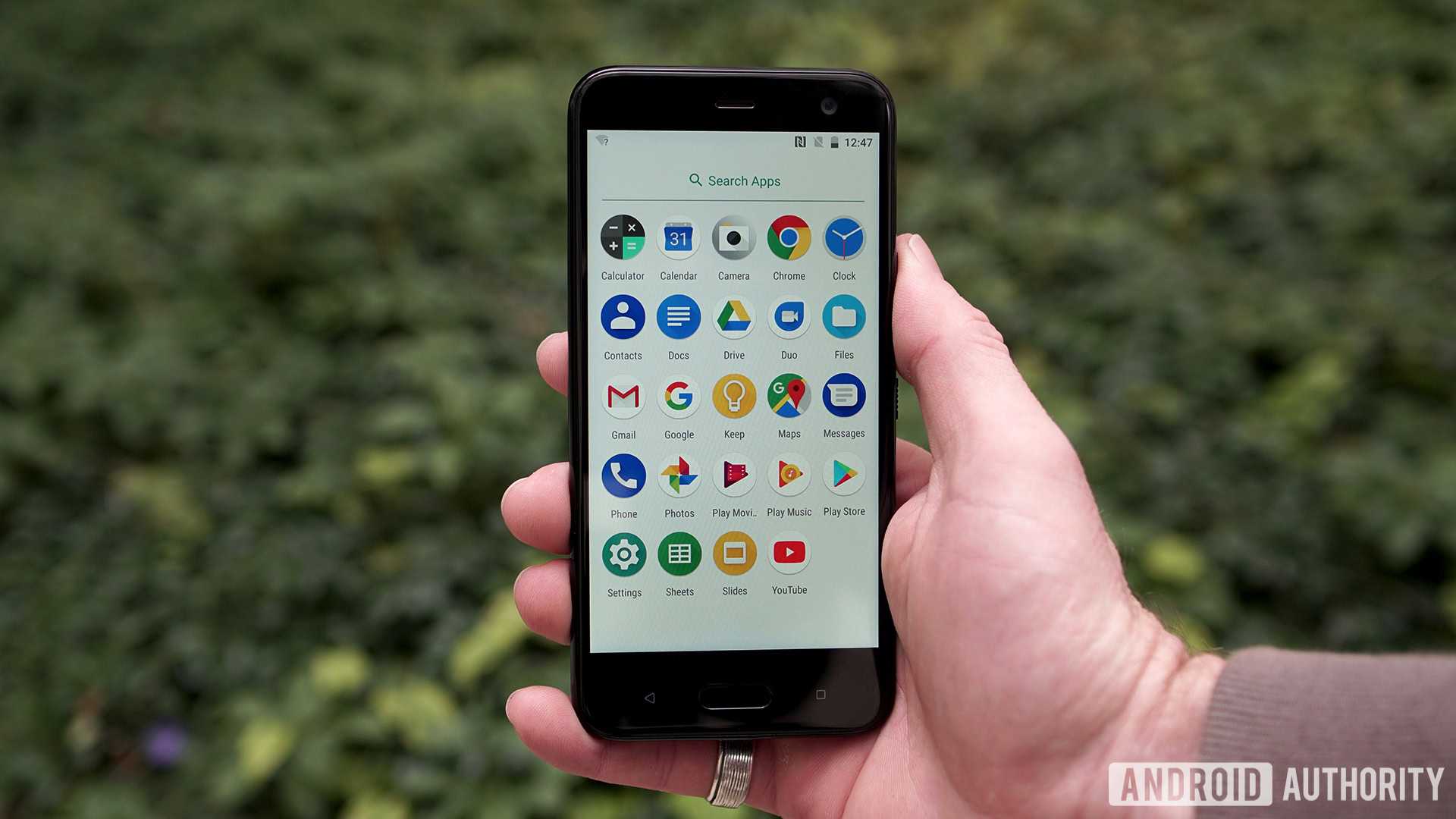
Introduced to India back in 2014, Android One was an initiative meant to bring unity to a virtual wild west of low-end Android phones. Low-end phones in developing markets enjoyed little to no hardware or software quality control whatsoever and Google wanted that to change.
Related: Best Android One phones (including upcoming models)
In recent months Android One has enjoyed a bit of a renaissance with its arrival in the American market. Now that it is becoming more ubiquitous, we thought it was time to break down what Android One is, where it is, and why it’s cool.
What is Android One?
First, it’s important to establish what Android One isn’t. Android One is not a device program, like the Nexus or the Pixel. It is not an Android experience either. Rather, it’s a combination of the two. Google decided to work with OEMs in developing nations to put together phones with a basic but reliable spec sheet, and a build of Android that would run well on those specs.
It’s meant to be a blueprint for how an OEM could build a $100 Android smartphone that wouldn’t suck. The software is a stock Android experience with no frills or extra add-ons. Since then, the program has evolved to higher, but still modest price points. It is now basically an inexpensive Nexus or baby-Pixel program. Unlike those programs, Google isn’t involved in the manufacturing process, but it does maintain the software. Google guarantees your phone will handle the current operating system and security updates. More on that later.
Who is Android One for?
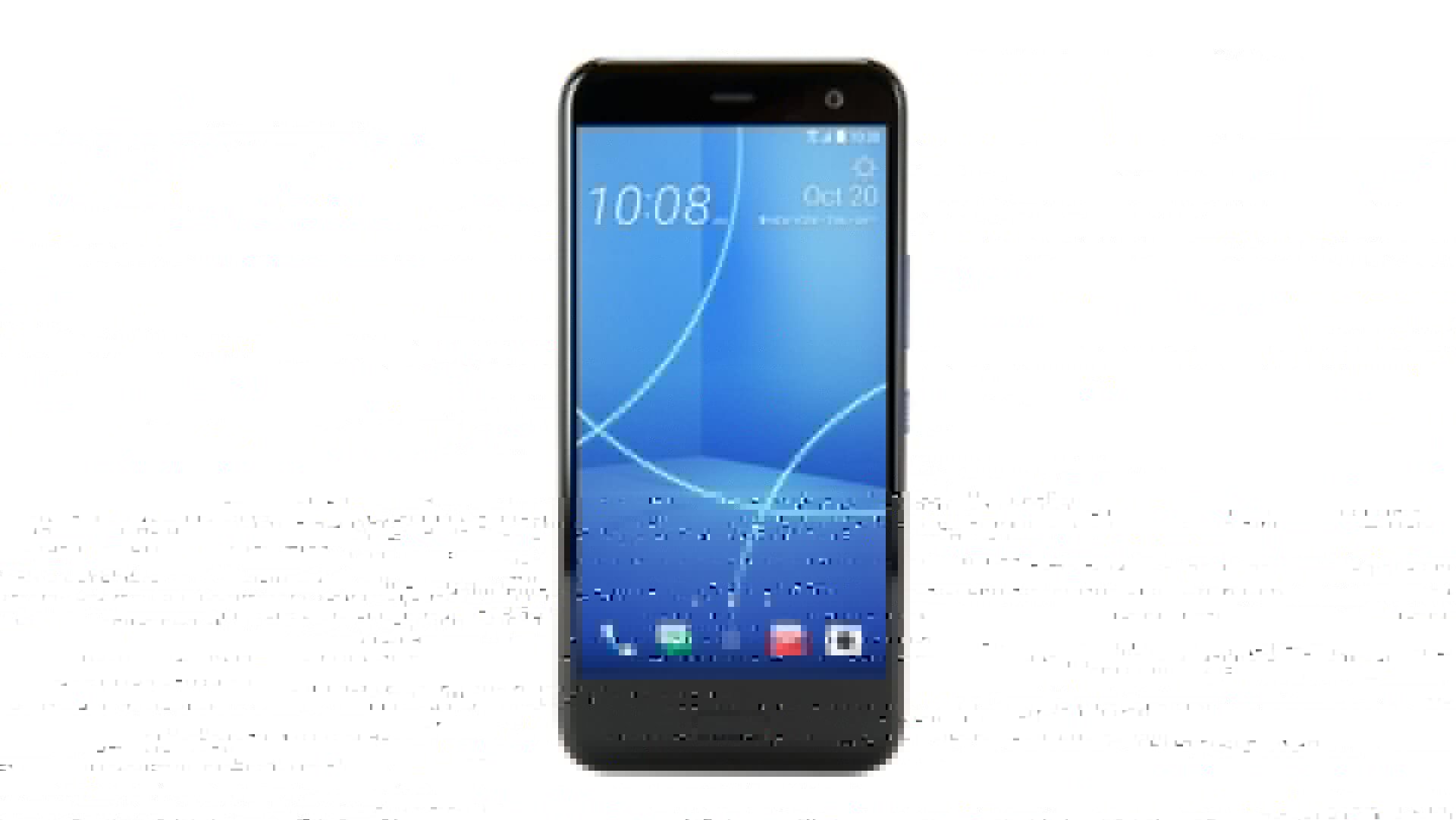
Android One has a few goals. First and foremost is to rein in the fragmentation that Android is known for. The reality is that more than half of the Android devices in the world are still running Android 5.x or lower. Just under 1% are still running Gingerbread of all things. Simply put, that’s ridiculous. It’s a disservice to the platform and it’s especially a disservice to the users. No one should have to run an operating system that old. It’s not in Google’s best interest to perpetuate that circumstance.
Android One is designed with not only the user, but the platform itself in mind. By ensuring that low-cost phones will be made in such a way as to handle at least 18 months of updates, Google is helping to consolidate the platform. It gives Tim Cook one less bullet point in his Powerpoint presentation every June.
Plus, by ensuring that even low-budget users get the latest updates, Google is turning Android into a better brand on the whole. In some areas, a smartphone is the only computing device families can afford. The Android One brand will soon become synonymous with future proofing. When you think about it, getting a low-cost phone you know will have Android P or Q on it isn’t such a bad idea.
What Android One phones can I get?
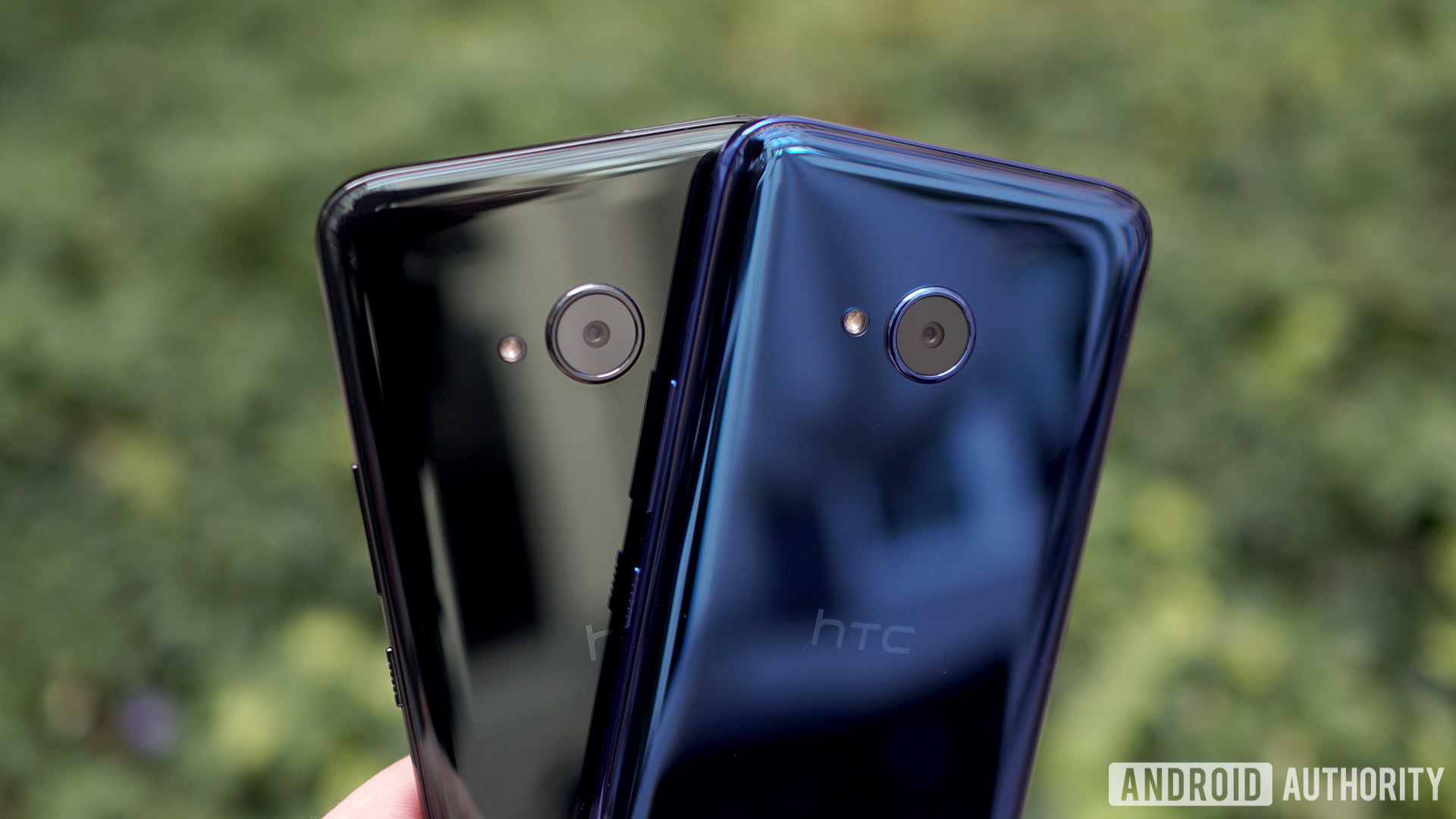
Android One started its life with a relatively slow rollout to places like India, Indonesia, the Philippines, and other parts of South Asia. Nigeria followed, along with other parts of Africa and the Middle East. Soon, we started to see more developed nations adopting the program with Japan and the Netherlands jumping on board. Most recently, Android One came to the U.S.
There are a number of devices enrolled in the Android One program. The current list, which can be found on Android One’s website, includes the Xiaomi Mi A1, Moto X4, the X1, GM6, S2, S1, GM 5, and the GM 5 Plus. HTC’s recently announced U11 Life will also participate in the program. Let’s talk about those phones.
Moto X4
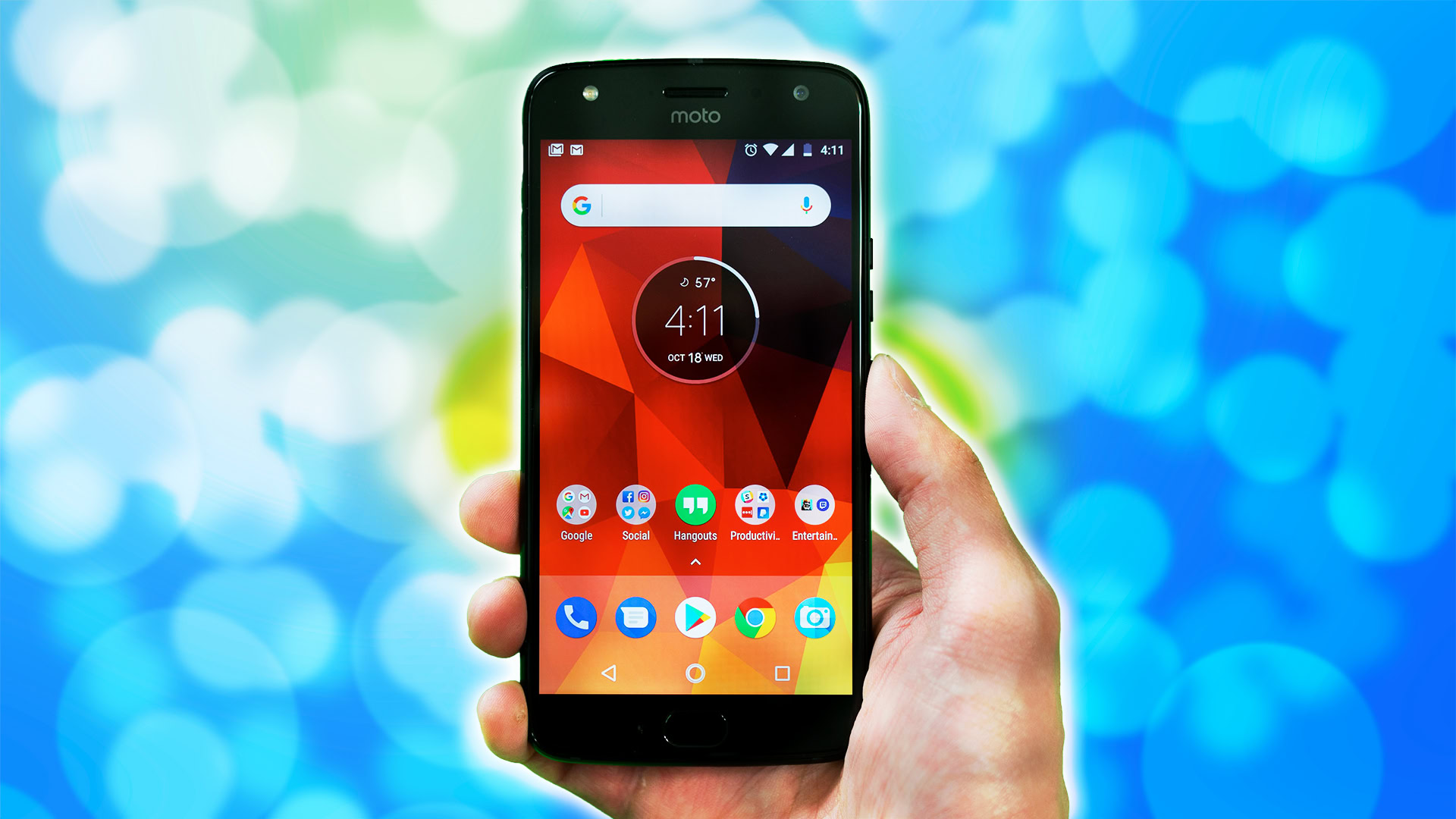
| Processor | Storage | Expandable? | RAM | Display | Camera |
| Snapdragon 630 | 64 GB | 256 GB | 4 GB | 5.2″ LCD | Dual 12MP |
The Moto X4 was the first Android One offering in the US. At around $400, it’s also one of Google’s least expensive Project Fi capable phones, which is not insignificant. It sports a variety of midrange offerings, which reflects its midrange price. The phone is smooth and performs well with its 4 GB of RAM on board.
The phone also sports a dual camera, headphone jack, IP68 water resistance, and is made of a sturdy glass and metal build. The 3,000 mAh battery is good for a full day of casual use. However, the camera is underwhelming and a bit slow and low-light shots are unimpressive. All the same, this is an inexpensive Project-Fi capable phone available in the US. Hard to argue with that.
HTC U11 Life
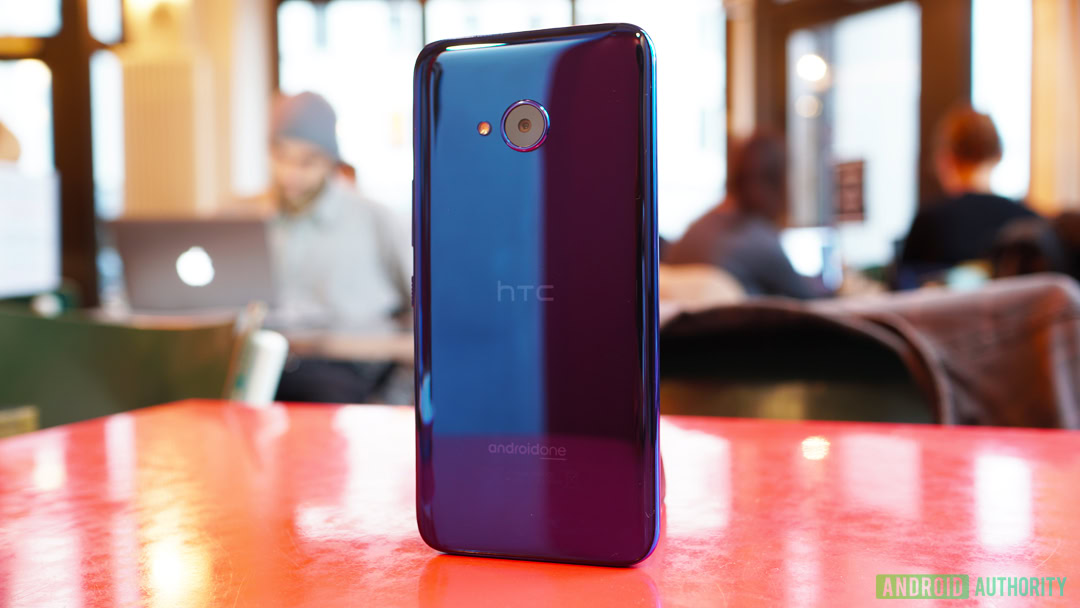
| Processor | Storage | Expandable? | RAM | Display | Camera |
| Snapdragon 630 | 64 GB | 256 GB | 4GB | 5.2″ LCD | 16MP |
The global version of the HTC U11 Life is a beautiful phone, bringing HTC’s Liquid Surface design to the midrange. The back is made of acrylic, rather than the glass of high-end phones, but it’s still a bit of a fingerprint magnet. The Phone carries an IP67 rating for dust and water resistance, and has some respectable midrange specs.
The U11 Life doesn’t heave stereo speakers or a headphone jack, but HTCincludes USonic active noise cancelling earphones in the box. The Android One version of the U11 Life still has Edge Sense, which means you can squeeze the phone to activate various features, and HTC’s USonic tuning, which adapts the headphone audio to your particular hearing profile.
Xiaomi Mi A1
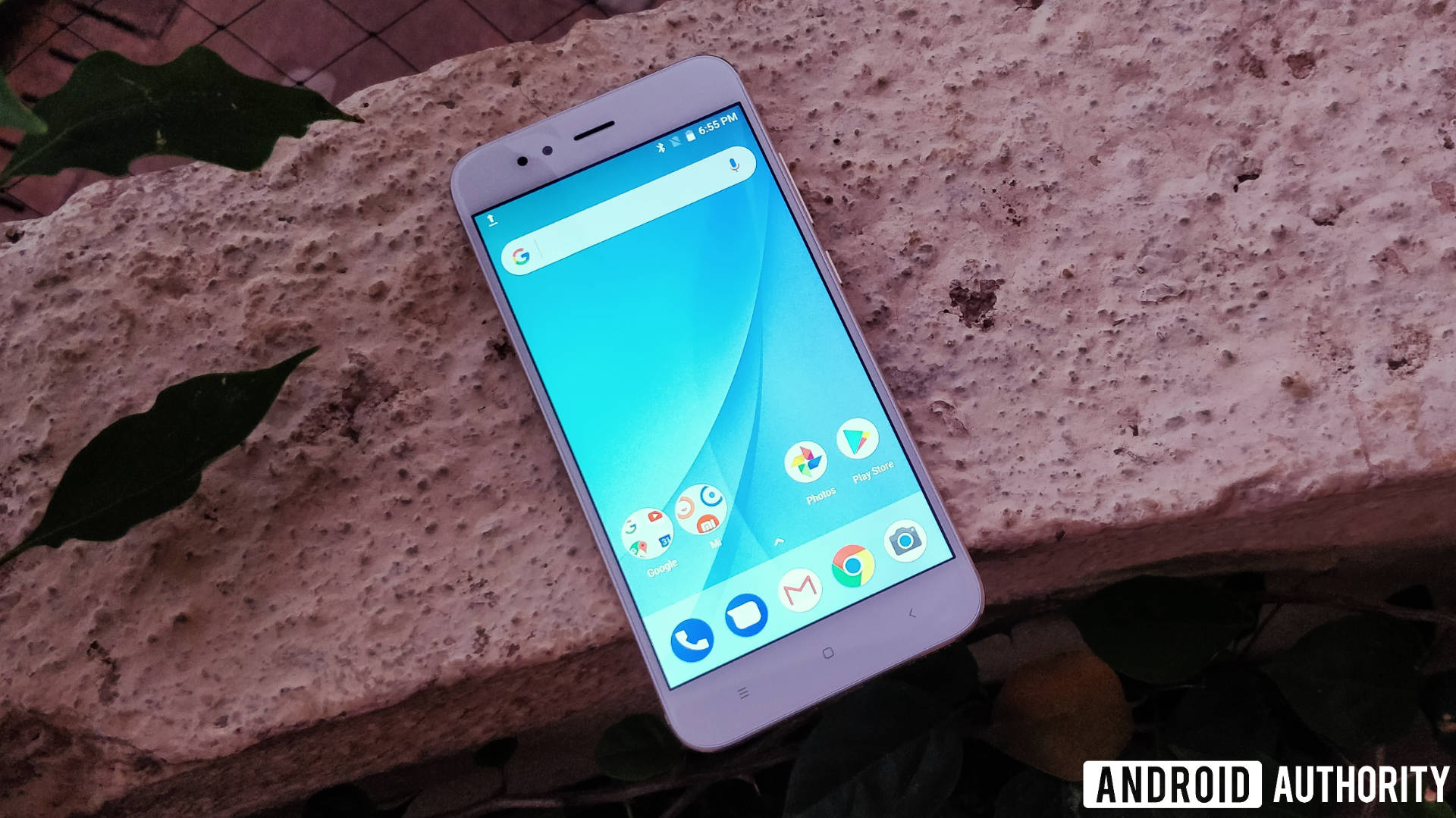
| Processor | Storage | Expandable? | RAM | Display | Camera |
| Snapdragon 625 | 64 GB | 128 GB | 4 GB | 5.5″ LCD | Dual 12 MP |
The Xiaomi Mi A1 is featured prominently on Android One’s web page. The Mi A1 is significant because Xiaomi is casting aside its signature MIUI for this device. At last you can have sweet Xiaomi hardware running Google’s sweet software. The Mi A1 features a nice selection of mid-range specifications, and in our review, wondered if it wasn’t the perfect budget smartphone.
The Mi A1 is available throughout India, and is due to be available in more than 40 other markets soon. The Mi A1 features a dual camera setup that unfortunately struggles in low-light, but otherwise performs well. The phone is snappy and performs everyday tasks well. 64 GB of internal storage will store a ton of apps, games, and media as well.
General Mobile
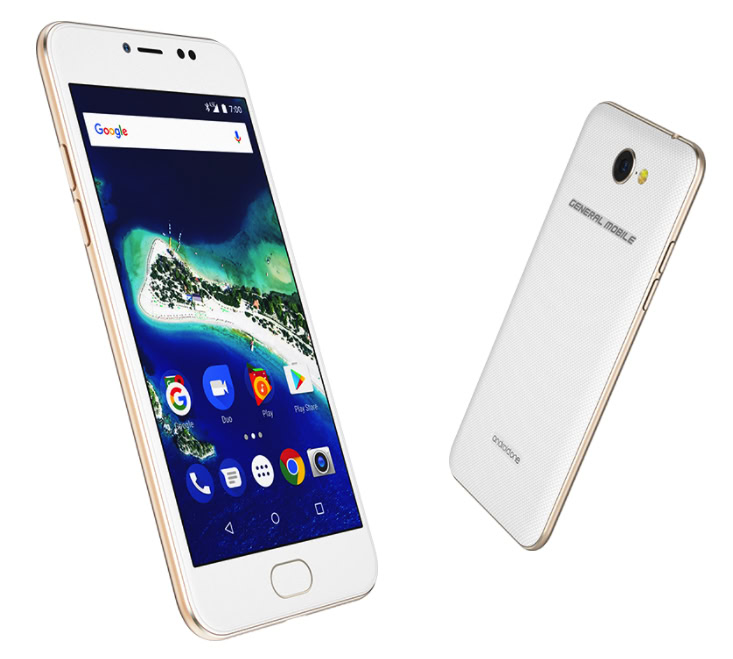
GM6
| Processor | Storage | Expandable? | RAM | Display | Camera |
| MT6737T | 32 GB | 128 GB | 3 GB | 5.0″ | 13 MP |
GM5
| Processor | Storage | Expandable? | RAM | Display | Camera |
| Qualcomm 1.2 GHz Quad core | 16 GB | Y | 2 GB | 5.0″ | 13 MP |
GM5 Plus
| Processor | Storage | Expandable? | RAM | Display | Camera |
| Snapdragon 617 | 32 GB | Y | 3 GB | 5.5″ | 13 MP |
General Mobile has a trio of smartphones available in the Android One program. The GM5 and GM5 Plus are generally available in Turkey, with the GM6 also hitting the Netherlands and Italy (22 markets overall). The three phones are all very similar and very comfortably in the mid-range category. Any of these phones would be acceptable, even in western nations, as solid mid-range offerings.
The GM6 was the first Android One smartphone to carry a fingerprint sensor and has a rubberized coating on the backplate making it durable and very grippy. It runs smoothly with its MediaTek processor and 3 GB of RAM.
Japan-only phones
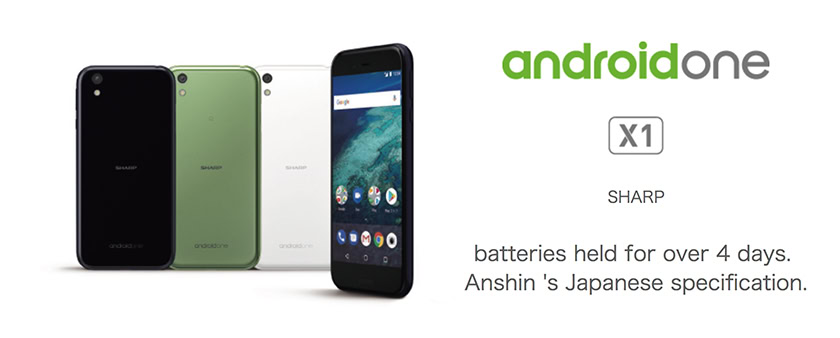
Sharp S1
| Processor | Storage | Expandable? | RAM | Display | Camera |
| MSM 8937 | 16 GB | 256 GB | 2 GB | 5.0″ | 13 MP |
Kyocera S2
| Processor | Storage | Expandable? | RAM | Display | Camera |
| MSM 8917 | 16 GB | 256 GB | 2 GB | 5.0″ | 13 MP |
Sharp X1
| Processor | Storage | Expandable? | RAM | Display | Camera |
| MSM 8940 | 32 GB | 256 GB | 3 GB | 5.3″ LCD | 16 MP |
Japan also has a trio of Android One phones available, again all very similar. Sharp and Kyocera both participate in the Android One program. The Sharp X1 boasts a battery that can last up to four days. The S1 and S2 both sport a water resistant design.
The Sharp X1’s battery pack is a very respectable 3,900 mAh, which isn’t the biggest on the market, but it’s huge for a 5.3-inch phone.
What’s in it for me?
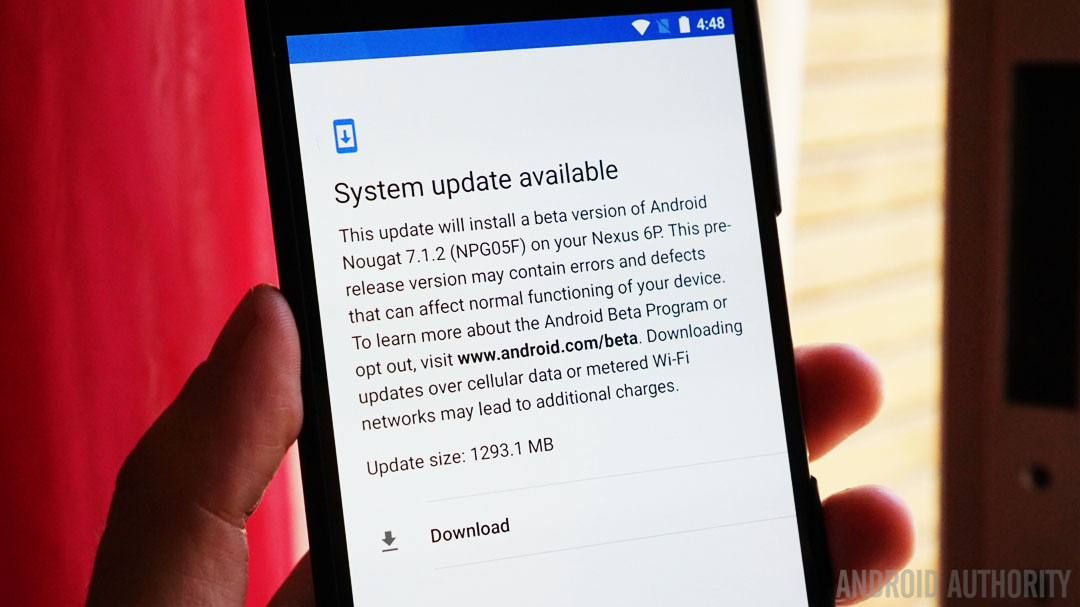
Your Android One phone will be all Google all the time with apps like Maps, Gmail, and Duo, without the bloat found on other phones. Android One phones also come stocked with Google Assistant. Unlike the Pixel 2 though, Android One brings you all this for much less than the cheapest Pixel 2’s $650 price tag.
Google has also pledged that these devices will see at least eighteen months of updates. As many of us know, updates to Android phones can be hard to come by. Google even started calling out OEMs who weren’t getting updates out. With Android One, major updates like the transition from Oreo to P (whatever it will be named) is a guarantee, as is Android Q hypothetically. That is very significant.
Android One also promises fast security updates and support for Play Protect, which is basically Google’s antivirus software running on the phone. Play Protect is designed to help defend against the spate of malicious attacks on Android phones we have seen recently. All told, what Android One brings you is a stock Android experience that will remain current for two years, and safe to use for three years. In the world of Android, that’s one hell of a guarantee.
Android One is the future

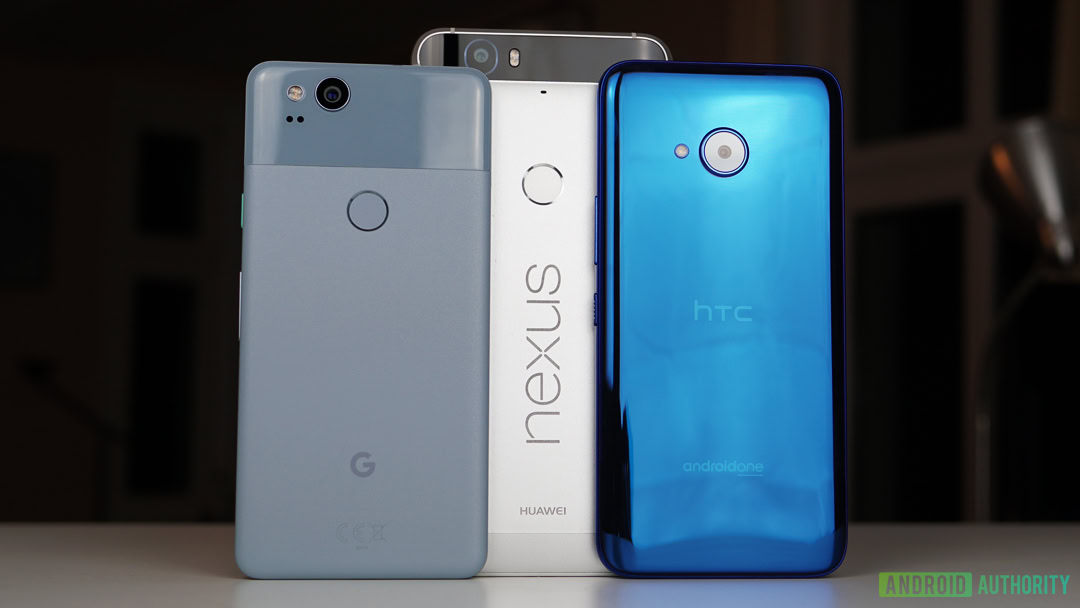
But Android One is also good for Google. It allows the software maker to help consolidate its platform and get an uncluttered version of Android on even more phones. Future security is key both from a user standpoint and in maintaining a healthy software platform. Android One is a great step in that direction.